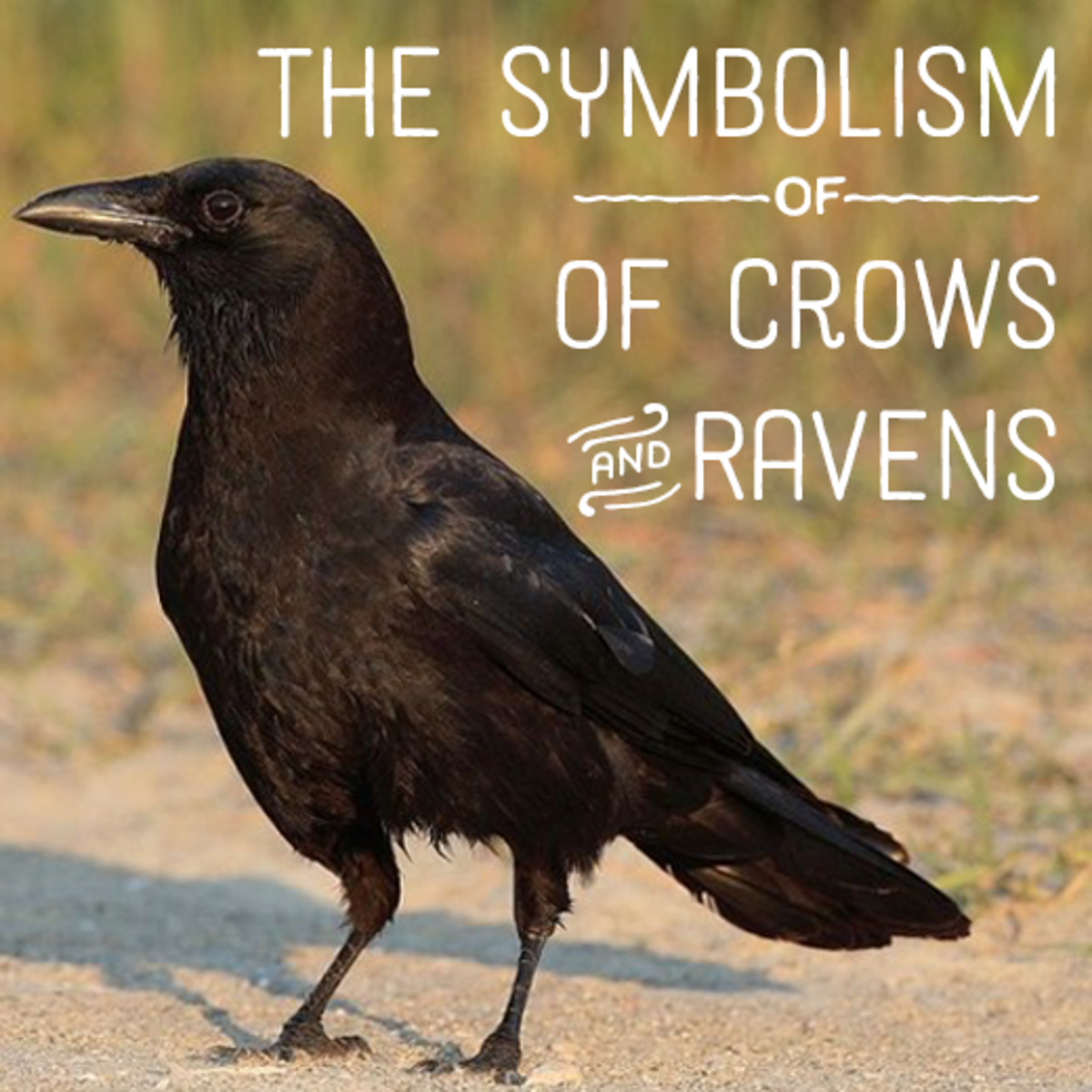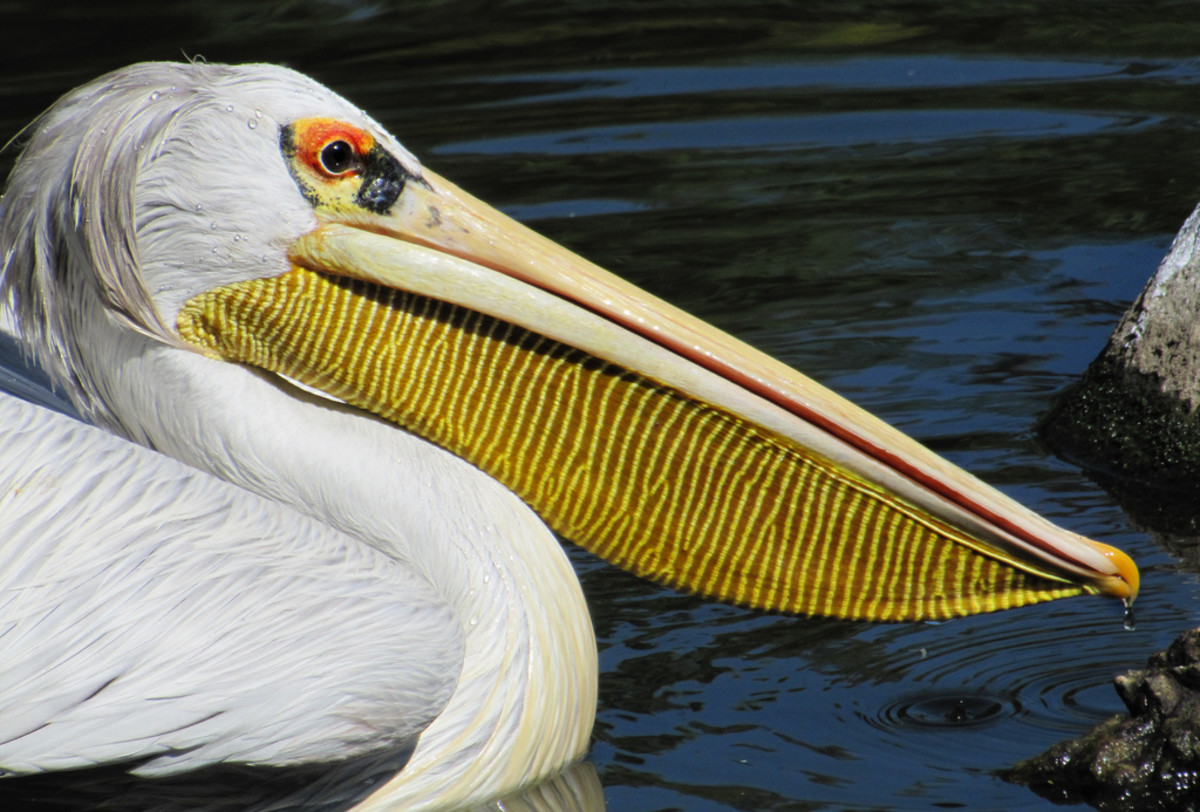Sounds of the Song Thrush
Singing song thrush
One of the most beautiful songs in the bird world come from the song thrush, whose Latin name is Turdus philomelos.
While that sounds like a dreadful name for such a sweet sounding bird, the word turdus is Latin for 'thrush' and philomelos refers to Philomela, a character in Greek mythology who had her tongue cut out, and was then turned into a song bird.
The song thrush today reportedly has a repertoire of over 200 distinct musical phrases, and is known as a great mimicker.
In some gardens, if you listen carefully you may hear the sound of a ringing telephone, remarkably similar to the one in your house.
Quite how the song thrush responds to the many tunes emitted by mobile phones would be interesting to find out!
The song of the thrush is loud and clear, and can be heard morning and evening in many gardens throughout the world, as the male of the species prefers to sit on the branches of tall trees and perform his musical repertoire over and over, sometimes for an hour or longer.
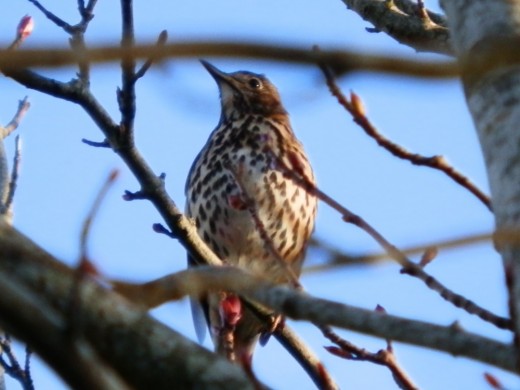
Where does the song thrush live?
The song thrush originally belongs to Eurasia, which takes in Europe and most of northern Asia, although they were introduced to Australia and New Zealand in the 19th century.
These garden birds were brought there by settlers for purely sentimental reasons, which is suggestive of how much loved the sounds of the thrush actually were.
While they thrived in New Zealand, they largely died out in Australia, with only a small population remaining around Melbourne.
In New Zealand they are offered no protection in law because they are quite damaging to the crops upon which the New Zealand economy depends. Farmers there regard them as pests therefore and shoot them.
Despite this, their numbers have not dropped, unlike in Europe where the song thrush population has reduced by 70% over the last few years, mainly because of detrimental changes in farming practices which has seen their natural habitat wiped out with the destruction of hedgerows and trees.
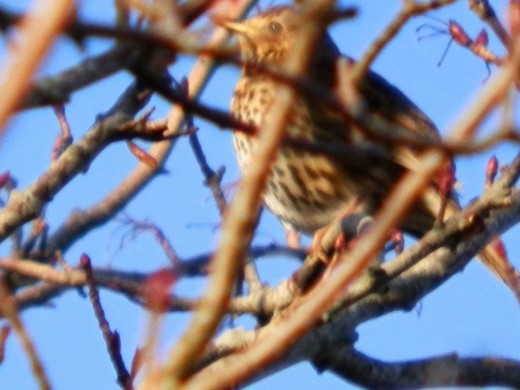
Are song thrushes migratory?
Many European song thrushes fly south for winter, settling around the Mediterranean basin, and only returning north in the spring, to breed.
I was quite shocked to learn that as the birds pass over the Valencian region of Spain, it is common practice for the Valencian people to trap and eat them.
They use birdlime (which has been banned by the European Community) to catch them, and the EC has never enforced its ruling in Valencia, despite making attempts to do so in 2003 and 2004.
Birdlime is a type of glue which when spread on tree branches, adheres to any birds which stop for a rest, making them easy to catch.
Having lived myself in Valencia for many years, I have to say I have never seen this practice being carried out, but neither have I ever seen the song thrush in Spain.
It was apparently quite common 12,000 years ago to eat songbirds including thrushes and doves, but I like to think we have moved on since then.
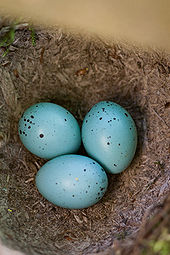
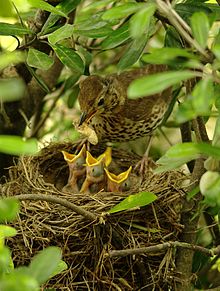
Where do song thrushes nest?
Song thrushes can be found in hedgerows, tree-tops, urban gardens, forests and parks, anywhere that trees or bushes grow.
Their song is distinctive for being melodic, pure and very loud.
They build their nests low down among the branches of trees or shrubs, seldom higher than 3 feet above the ground.
The female song thrush takes charge of the nest-building. It can take her three weeks to build the most intricate cup shaped nest, out of twigs and grasses, carefully intertwined with mud for stability and warmth.
That same season, which runs between March and August, a breeding pair can produce up to three broods, with the female laying 3 - 5 beautiful pale blue speckled eggs each time, at a rate of one a day.
Only when the last egg is laid, does the female start to incubate them, and the chicks hatch out roughly 13 - 15 days later.
Now the real work begins as those hungry little chicks demand a never-ending supply of worms, caterpillars, slugs, insects, and fruit berries.
Both parents then feed the chicks, and it is around this time you may notice the ingenious way song thrushes collect snails.
They find a stone over which they can smash the shell of the snail which they hold in their beak.
They tend to use the same stone, often referred to as an anvil, and many a snail will meet its fate this way.
This is another very good reason why gardeners are delighted to see a family of song thrushes move in. Snails are pests that eat crops and seedlings.
After about 2 weeks, the chicks become fledglings and leave the nest, but they stay nearby as at this point they cannot fly. It takes them about a week to learn to fly well, although their parents continue to feed them.
Sadly about 80% of chicks will not survive their first year, as they have many predators, from birds of prey to cats.
As they learn to feed themselves, they become the sole charge of their father, while their mother prepares to brood again.




